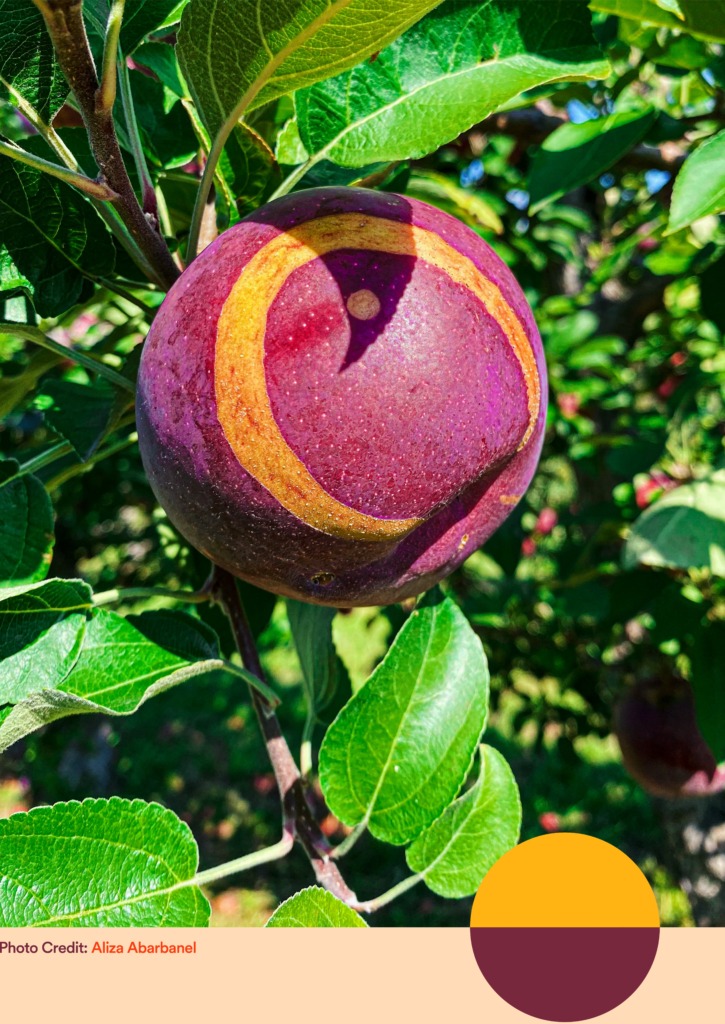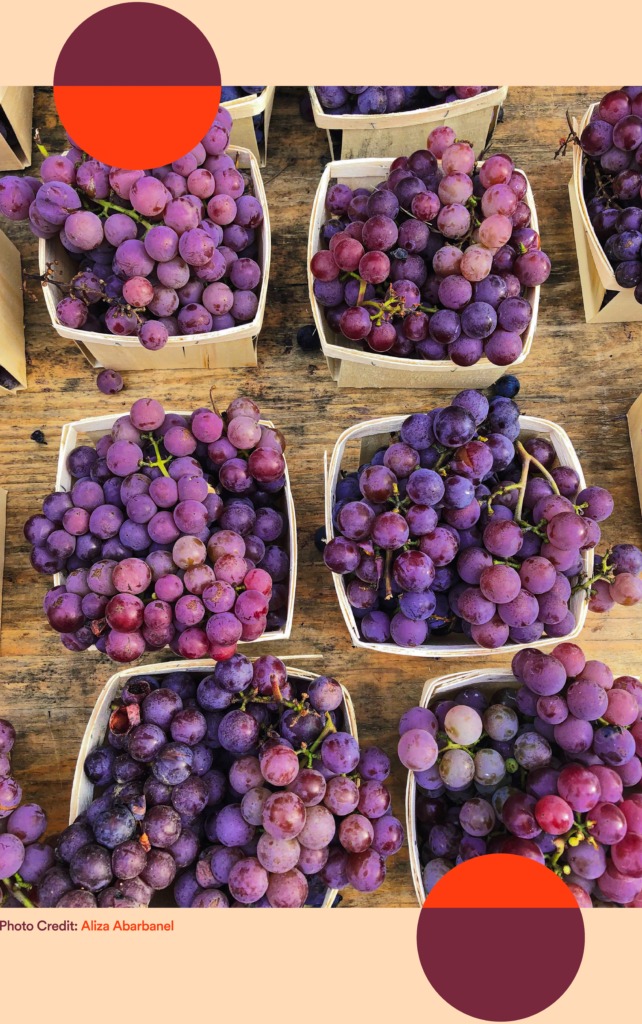The twin themes for this special issue are “Trick” and “Treat”—centered around food-related musings from Aliza Abarbanel and Natasha Pickowicz.
For this special double issue of The Daly News, you don’t have to choose between Trick or Treat. Lucky for you, you can have both.
We’re asking you to leave your assumptions at the door; not everything is as it seems. After all, tricks can be sweet, and treats can have a surprising bite. Just wait and see. :)
Read on for a trick—and stay tuned for your treat next week.
![]() Ally
Ally

Apples are inherently tricky. Just think of poor Eve biting into humanity’s demise in the Garden of Eden, or Snow White snacking on the Evil Queen’s hidden poison. It’s not just literary symbolism: even on Halloween, bravely health-minded houses offer Granny Smiths as an unwelcome replacement for sugary candy, the sleight of hand only revealed after “trick or treat” has already left your lips.
But if you head to the farmers market or grocery store, it’s clear that we’re actually the wily ones who have been playing tricks on the apple trees themselves, all along.
I’m talking about hybridization, also known as cross-pollination—the process of crossbreeding genetically different plants to create new traits. Think: bigger fruits, deeper flavors, and crisper textures—not to mention splashy branding. This process has been refined for hundreds of years, yielding fruit bowl favorites like tangy-sweet pluots (part apricot, part plum) and tart tangelos (part tangerine, part pomelo). Lately, grocery store aisles have begun to glimmer with shiny new name brand grapes—green Cotton Candy! red Gummyberries!—engineered to be sweeter than ever before.
Gazing at the packaging makes me feel unsettled. Have we gone too far? Do we really need grapes that taste like gummy worms? But then I remind myself: Fruit breeding isn’t a new fad. Even the strawberries we know today were bred back in 1750 from two different varieties: the Chilean Fragaria chiloensis and Virginian Fragaria virginiana.
Bringing new fruits to market is a long con. It took 31 years to introduce the Honeycrisp, which was developed by the University of Minnesota to be the Superman of apples. Its cells are bigger than other apple cells, exploding beneath molars to yield an even juicer crunch.
All that effort was worth it: The ombre green-red fruits are a clear favorite at every market I’ve visited around New York, filling tote bags at Trader Joes and the Union Square Greenmarket alike. One sweet-tart bite unlocked a craving I didn’t even know I had. It was, in other words, a gateway apple.
After a lifetime of avoiding the fruit based on underwhelming experiences with the Red Delicious—a tempting name revealed to be a tricky marketing ploy after one bland, mealy bite!—Pink Ladies and Macouns began filling my dreams. Suddenly, I found myself conducting furtive late night Google searches for U-pick farms.
Over 10.5 billion pounds of apples were grown in the United States last year, and our hunger shows no signs of being satiated. Humanity can’t help but meddle with Mother Nature to promote our own cravings. But fruit first evolved as a way to lure animals into eating and ahem, disseminating the seeds lying beneath the juicy flesh. Each apple is a plant’s plan for survival, a prayer that the cycle of consumption and creation will continue.
A trick never tasted so sweet.
Keep an eye out for part two of the twin issue, “Treat,” set to hit your inbox on October 11th.










